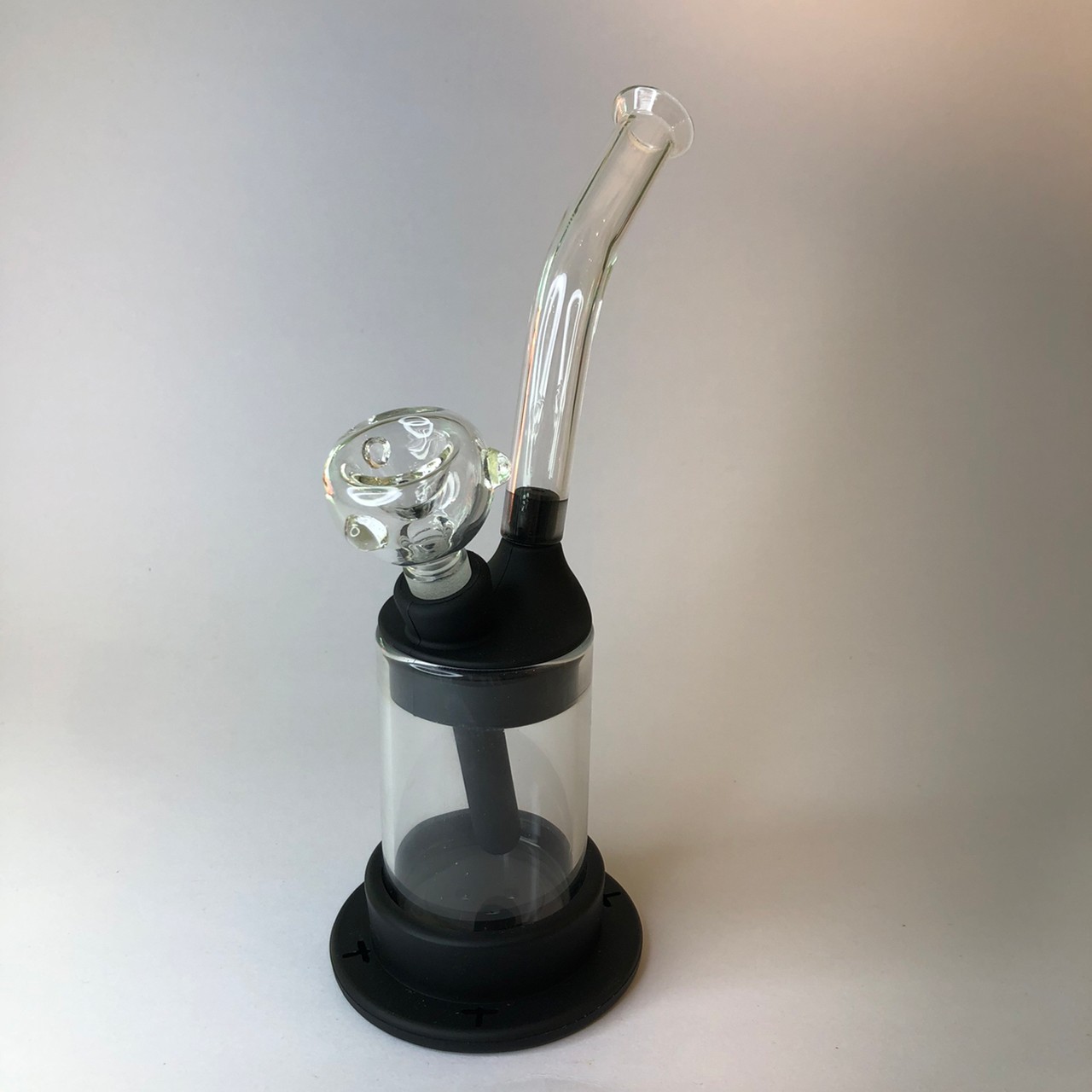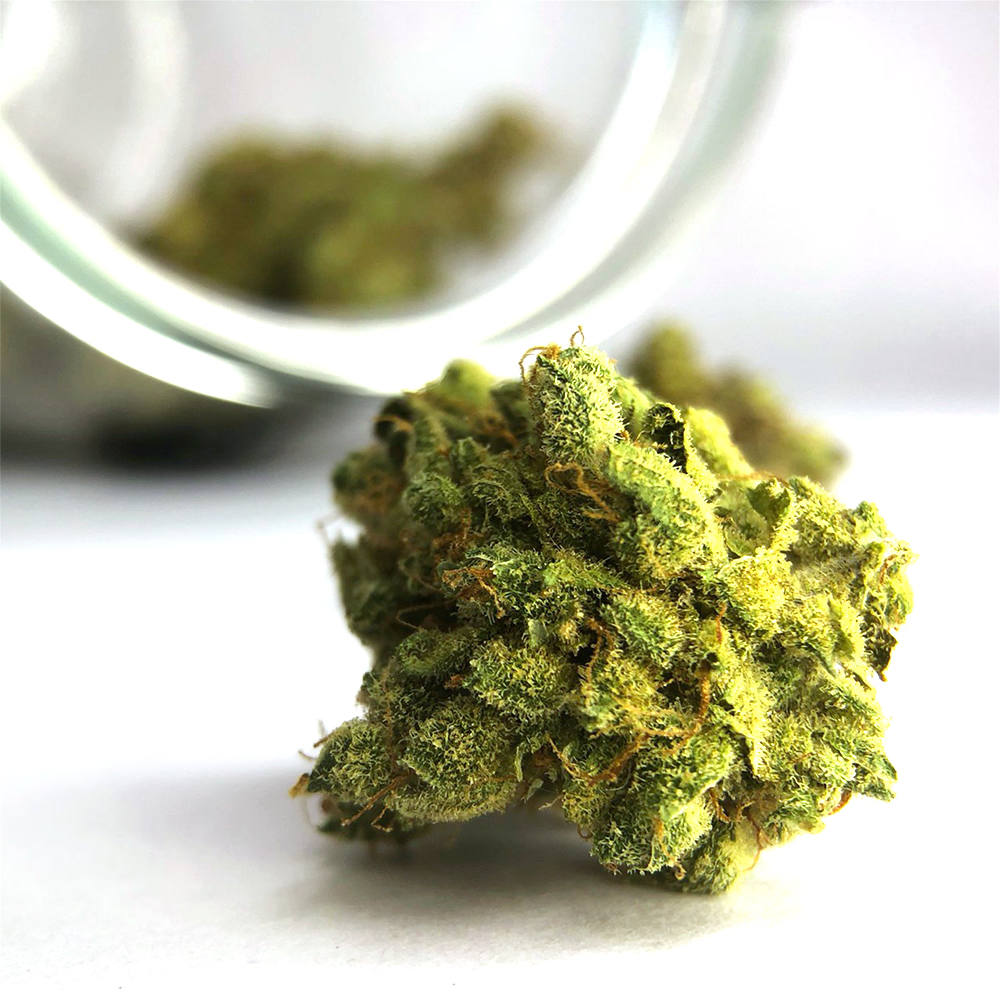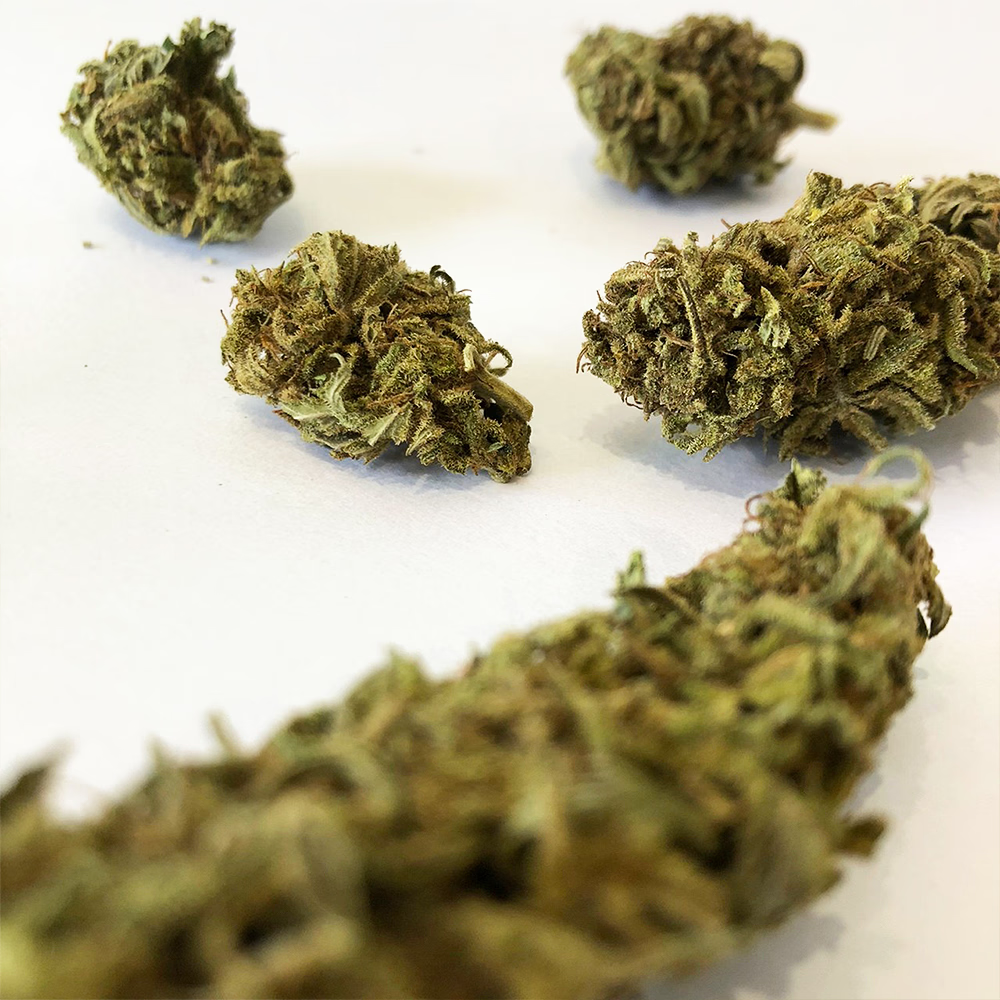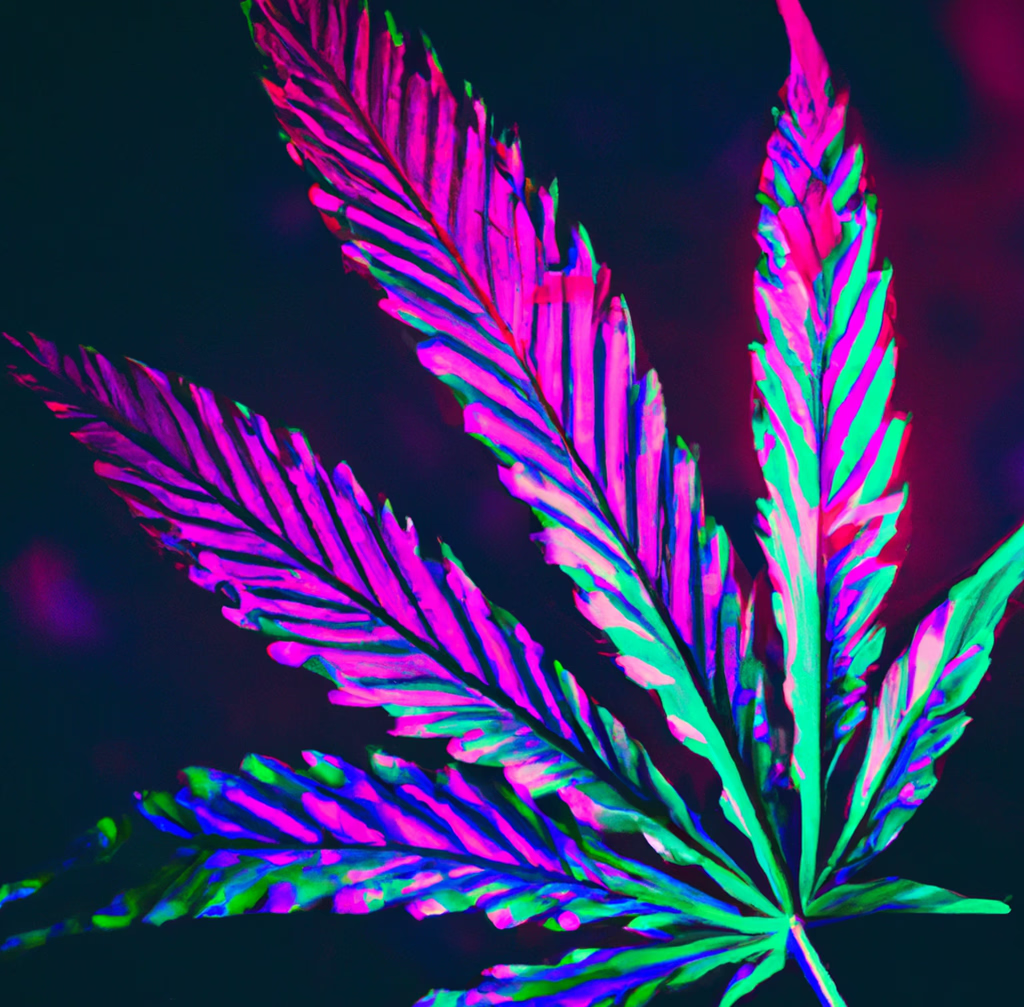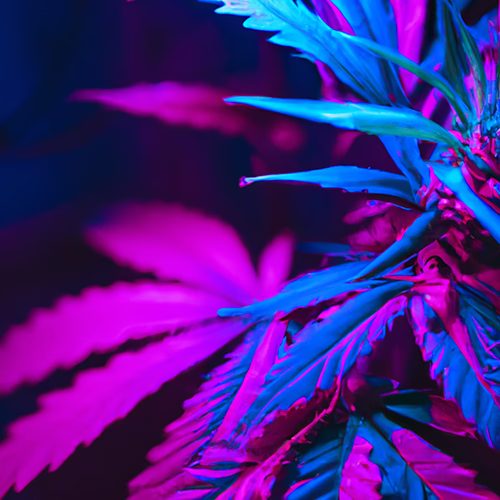The difference between Indica and Sativa: you need to know the two types
Marijuana is a unique and versatile plant used for centuries for its medicinal and recreational properties. The two main types of marijuana are Indica and Sativa, distinguished by their physical characteristics, effects on the user, and growing conditions.
Indica strains are typically used to treat pain, insomnia, and anxiety. Indica plants are shorter and bushier than Sativa plants, with broader leaves. They have a higher THC content than Sativa plants, meaning that Indica strains tend to be more potent and produce more intense effects.
Sativa strains are typically used to treat depression, fatigue, and lack of appetite. Sativa plants are taller and thinner than Indica plants, with narrower leaves. They have a lower THC content than Indica strains, meaning that Sativa strains tend to be less potent and produce more mild effects.
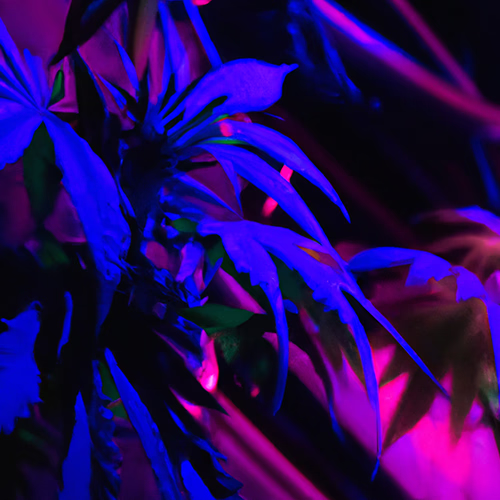
The Indica and Sativa strains have various impacts. Indica strains typically produce more potent visceral effects, such as sedation and relaxation. More cerebral effects, such as pleasure and inventiveness, are present in sativa strains.
The conditions under which indica and sativa strains flourish are also different. Sativa strains do better in more relaxed, drier settings than Indica strains in warm, humid environments. Because of this, Sativa strains are usually cultivated outdoors, whereas Indica strains are frequently grown indoors.
So what makes Indica and Sativa different from one another? Depending on their THC concentration, growing conditions, and the user's physiology, various marijuana strains have different effects.
Strain Effects
There are a few essential characteristics to watch out for while attempting to comprehend the effects of various cannabis strains. It is crucial first to understand that cannabis plants can contain hundreds of different substances, including more than 100 distinct cannabinoids. Even though THC is the most well-known cannabinoid, many others can influence how a specific strain makes you feel. On the other hand, terpenes are in charge of the cannabis plant's distinctive flavor and aroma. At the same time, CBD, for instance, is well-recognized for its anti-inflammatory and pain-relieving capabilities.
It's critical to remember that each person will respond to various strains of marijuana uniquely when examining their effects. Determining what works best for you is crucial because something other than what works for one person might work for another. However, a few broad indicators to watch out for will help you comprehend how a specific strain might impact you.
The strain's THC level should be the first consideration. A song with lower THC levels would be preferable if you want to feel more relaxed. Cannabis has psychoactive effects because of the cannabinoid THC, hence strains with higher THC content will likely be more vital.
The proportion of THC to CBD is something else to consider. Some of the adverse effects of THC, like anxiety and paranoia, are known to be mitigated by CBD. A strain with a more significant CBD to THC ratio will often be more calm and effective at reducing inflammation and chronic pain.
Finally, a strain's terpene level must be taken into account. Terpenes give a plant its flavor, aroma, and ability to interact with your body. A strain with a high concentration of one terpene may act differently than a strain with lower quantities since different terpenes might have various effects.
There is no one size fits all approach to comprehending the impacts of cannabis strains. However, by keeping an eye on the THC concentration, CBD-to-THC ratio, and terpene profile of a specific topic, you can better understand how it can affect you.
Cannabinoids
Cannabinoids are substances that modify the release of neurotransmitters in brain cells by binding to cannabinoid receptors in those cells. Humans, animals, and plants all contain cannabinoids. They are most well-known for their part in marijuana's psychotropic effects (marijuana). The brain and spinal cord are part of the central nervous system, which cannabinoids have an impact on. The neurons in the brain are highly linked (nerve cells). Neurotransmitters are substances released by these neurons to communicate with one another. Like tiny messengers, neurotransmitters transfer signals from one neuron to the next.
The release of neurotransmitters can be increased or decreased by cannabinoids via binding to receptors on neurons. When a neuron releases neurotransmitters, those neurotransmitters attach to receptors on the next neuron in line, causing that neuron to activate. The brain's functioning may change because this alters how neurons activate. The brain and the body are the two prominent locations where cannabinoids are found. There are many different types of neurons in the brain, each with a unique cannabinoid receptor. Cannabinoid receptors are also present in the body, especially in the immunological and peripheral neurological systems (including the nerves outside the brain and spinal cord).
The two main types of cannabinoid receptors are CB1 and CB2. CB1 receptors are found mostly in the brain.
They play a role in various processes, including memory, mood, pain, and appetite. The prominent psychoactive cannabinoid in cannabis is THC (tetrahydrocannabinol). When someone smokes or consumes marijuana, it attaches to CB1 receptors and produces the "high" that individuals experience. The immune system is where you'll mostly find CB2 receptors. They contribute to discomfort and inflammation. Cannabis contains the non-psychoactive cannabinoid CBD (cannabidiol). CB2 receptors are what it binds to, not CB1 receptors. CBD is believed to provide a variety of health advantages, including ease of pain and inflammation.
Plants and the human body both create cannabinoids. The endocannabinoid system, which is part of the body, naturally creates cannabinoids. Endocannabinoids, cannabinoid receptors, and enzymes make up the endocannabinoid system (cannabinoids produced by the body). Numerous functions of the endocannabinoid system are involved, including those related to appetite, memory, mood, sleep, and more. Cannabinoids are also present in plants. Cannabis is the most well-known. Other plants produce cannabinoids besides cannabis, like echinacea and black pepper.
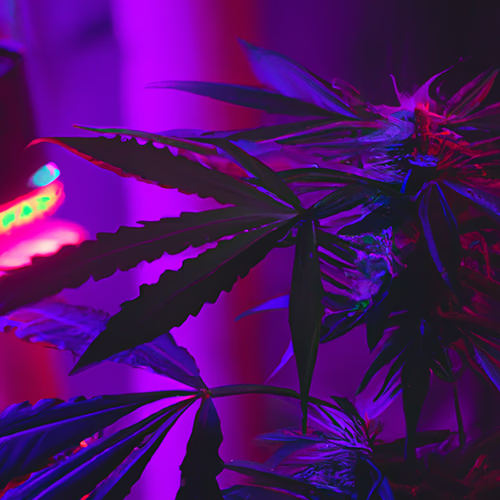
Although they are similar, cannabinoids from plants and those produced by the body are not the same. This is because they attach to various receptors. Both THC and CBD bind to CB1 and CB2 receptors, respectively. Because of this, they are consuming CBD does not result in a psychotropic effect. There are numerous possible medical uses for cannabinoids. Some of these advantages are well-known, such as reducing inflammation and pain. Others, such as treating anxiety, depression, and addiction, are being researched more thoroughly.
Terpenes
Terpenes are the essential oils of the cannabis plant - they are what give cannabis its unique smell and flavor. There are over 100 terpenes in cannabis, each with its distinctive smell and taste. Some of the most common terpenes in cannabis are limonene, myrcene, and linalool. Terpenes are also found in other plants, fruits, and herbs and have various effects on the human body.
Limonene is a citrusy-smelling terpene found in lemons, oranges, and other citrus fruits. Limonene is known for boosting mood and energy levels and is also used as an anti-inflammatory. Limonene is thought to have several potential health benefits, including:
Reducing stress and anxiety
Improving mood
Aiding in weight loss
Myrcene is a musky-smelling terpene found in mangoes, hops, and thyme. Myrcene is known for its soothing effects and is also used as an anti-inflammatory. Myrcene is said to have several potential health benefits, including:
Reducing inflammation
Relieving pain
Improving sleep quality
Increasing appetite
Linalool is a floral-smelling terpene that is also found in lavender. Linalool is known for its ability to reduce stress and anxiety, and it is also used as an anti-inflammatory. Linalool is thought to have several potential health benefits, including:
Reducing anxiety and stress
Improving sleep quality
Relieving pain
Caryophyllene is a terpene found in black pepper, cloves, and rosemary. It has a spicy smell and is also used in perfumes and soaps. Caryophyllene is thought to have several potential health benefits, including:
Reducing inflammation
Relieving pain
Improving sleep quality
Caryophyllene is also said to have anti-anxiety and antidepressant properties. It's sometimes used in aromatherapy for these purposes.
Pinene is a terpene that's found in pine trees and rosemary. It has a piney smell and is also used in some cleaning products. Pinene is thought to have several potential health benefits, including:
Improving airflow to the lungs
Reducing inflammation
Relieving pain Increasing alertness and memory retention
Pinene is also said to have antibacterial and antifungal properties.
It's sometimes used in topical creams and ointments for these purposes.
Sativa
Sativa is the name given to a specific variety of cannabis plants. Indica, Sativa, and hybrid strains of cannabis are the three most common varieties. Sativa plants are taller and thinner; indica plants are shorter and bushier. Plant hybrids combine the two. Sativa plants were first cultivated in humid regions like South Africa, Thailand, and Central America. They thrive in conditions that are warm and sunny. Sativas often take longer than indicas to blossom, resulting in higher, thinner buds. Sativa has uplifting and energetic benefits. They are frequently used to treat anxiety, tiredness, and depression. Sativas can also be used to improve concentration and creativity.
The most popular Sativa strains include:
Acapulco Gold
Colombian Gold
Hawaiian Gold
Jamaican Lion
Panama Red
Silver Haze
Thai Stick
Indica
Native to the Indian subcontinent and some regions of Africa, the indica plant is a short, bushy plant. The plant has sweet-smelling leaves that are thick and dark green. The Hindu Kush mountains of Afghanistan are thought to be the place where the indica plant first appeared. Hashish, oil, and even food are many items made from the Indica plant.
You need to know the two types of Indica plants that were once employed for their therapeutic qualities. The herbs cure various illnesses, including pain, inflammation, and convulsions. Then, traders and travelers transported the plant to India. Globally, indica plants are currently growing. The plants are primarily grown in warm-weather nations like India, Pakistan, and Morocco. Additionally, the plants are grown in Europe, Canada, and the United States.
The leaves of indica plants are thick, dark green, short, and bushy. The plants emit a potent, pleasant aroma. Hashish, oil, and even food can all be produced from the leaves of the Indica plant. Hashish, oil, and even food are among the many things made from indica plants.
The Indica plant's oil can be extracted and used to make oil. The resin from the leaves of the Indica plant is used to make hashish. After that, a block of the resin is squeezed and smoked. The oil is subsequently utilized in various goods, including food and cosmetics.
